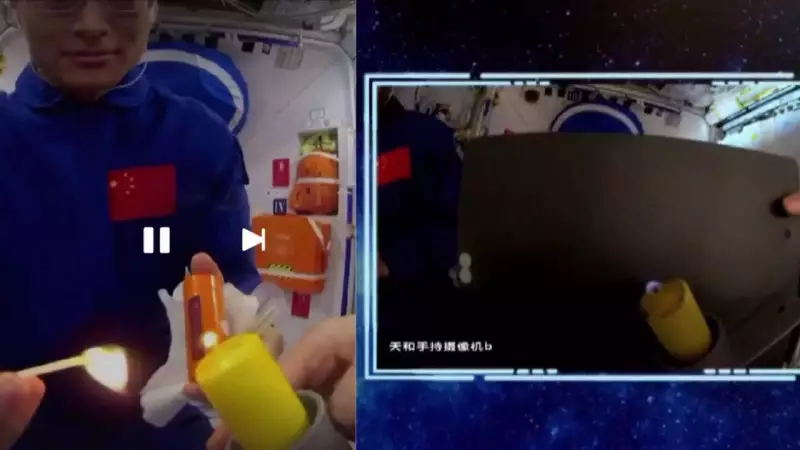
Imagine striking a match aboard the International Space Station - but instead of the familiar teardrop-shaped yellow flame we see on Earth, a mysterious blue sphere emerges, dancing weightlessly in the air. This stunning phenomenon has been revealed by astronauts conducting groundbreaking fire experiments in microgravity, and the science behind it will change how you think about combustion forever.
The Blue Sphere Mystery Unveiled
When astronauts light a match in space, they witness something extraordinary: a perfect blue sphere of fire that appears almost alien compared to Earth's flickering yellow flames. This revolutionary discovery isn't just visually stunning - it represents a fundamental shift in our understanding of how fire behaves when gravity is removed from the equation.
Why Space Flames Turn Blue
On Earth, gravity creates the familiar flame shape we all recognize. Hot gases rise, pulling in fresh oxygen and creating the characteristic teardrop formation with a yellow-orange color caused by incomplete combustion. But in space's microgravity environment, everything changes dramatically.
The science behind the blue sphere is fascinating:
- Without gravity, hot gases don't rise - they spread evenly in all directions
- This creates perfect spherical flames rather than teardrop shapes
- The blue color indicates complete, efficient combustion
- Oxygen reaches the flame through diffusion rather than convection
NASA's FLEX Experiments: Revolutionizing Fire Safety
The Flame Extinguishment Experiment (FLEX) conducted aboard the ISS has yielded incredible insights that could transform fire safety both in space and on Earth. Astronauts have discovered that some fuels can actually continue burning invisibly in microgravity - a finding that has major implications for spacecraft safety protocols.
Practical Applications for Earth and Beyond
This research isn't just theoretical - it has real-world implications that could save lives and improve efficiency:
- Improved spacecraft safety: Understanding microgravity combustion helps design better fire suppression systems for future Mars missions
- Cleaner combustion engines: The efficient burning in space flames could lead to more efficient automobile and industrial engines
- Advanced firefighting techniques: Insights from space fire behavior could revolutionize how we fight fires in unique environments on Earth
The Future of Space Fire Research
As humanity prepares for longer-duration space missions to the Moon and Mars, understanding fire behavior in microgravity becomes increasingly critical. The stunning blue flames observed by astronauts represent just the beginning of our journey to master combustion science beyond Earth's atmosphere.
These celestial fire experiments continue to blaze new trails in scientific understanding, proving that even something as familiar as a burning match can become extraordinary when taken beyond the bounds of our planet.





